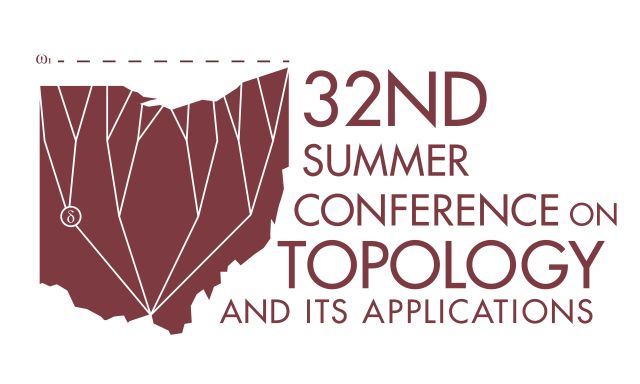
Document Type
Topology + Dynamics and Continuum Theory
Publication Date
6-2017
Publication Source
32nd Summer Conference on Topology and Its Applications
Abstract
In this talk we are going to formalize the relationship between topological spaces and the ability to distinguish objects experimentally, providing understanding and justification as to why topological spaces and continuous functions are pervasive tools in the physical sciences. The aim is to use these ideas as a stepping stone to give a more rigorous physical foundation to dynamical systems and, in particular, Hamiltonian dynamics.
We will first define an experimental observation as a statement that can be verified using an experimental procedure. We will show that observations are not closed under negation and countable conjunction, but are closed under finite conjunction and countable disjunction. We then consider observations that identify elements in a set and show how they induce a Hausdorff and second countable topology on that set, thus identifying an open set as one that can be associated with an experimental observation. For example, the use of the standard topology on Euclidean space corresponds to the ability to measure continuous quantities only with finite precision (i.e. an open interval). We then show that only continuous functions preserve experimental distinguishability and that the collection of these functions can be given a Hausdorff and second countable topology. This shows that the universe of discourse of experimental distinguishability so defined is closed and consistent.
Copyright
Copyright © 2017, the Authors
eCommons Citation
Carcassi, Gabriele; Aidala, Christine A.; Baker, David J.; and Greenfield, Mark J., "Topology and Experimental Distinguishability" (2017). Summer Conference on Topology and Its Applications. 29.
https://ecommons.udayton.edu/topology_conf/29



Comments
This document is available for download with the permission of the presenting author and the organizers of the conference. Permission documentation is on file.
Technological limitations may prevent some mathematical symbols and functions from displaying correctly in this record’s metadata fields. Please refer to the attached PDF for the correct display.